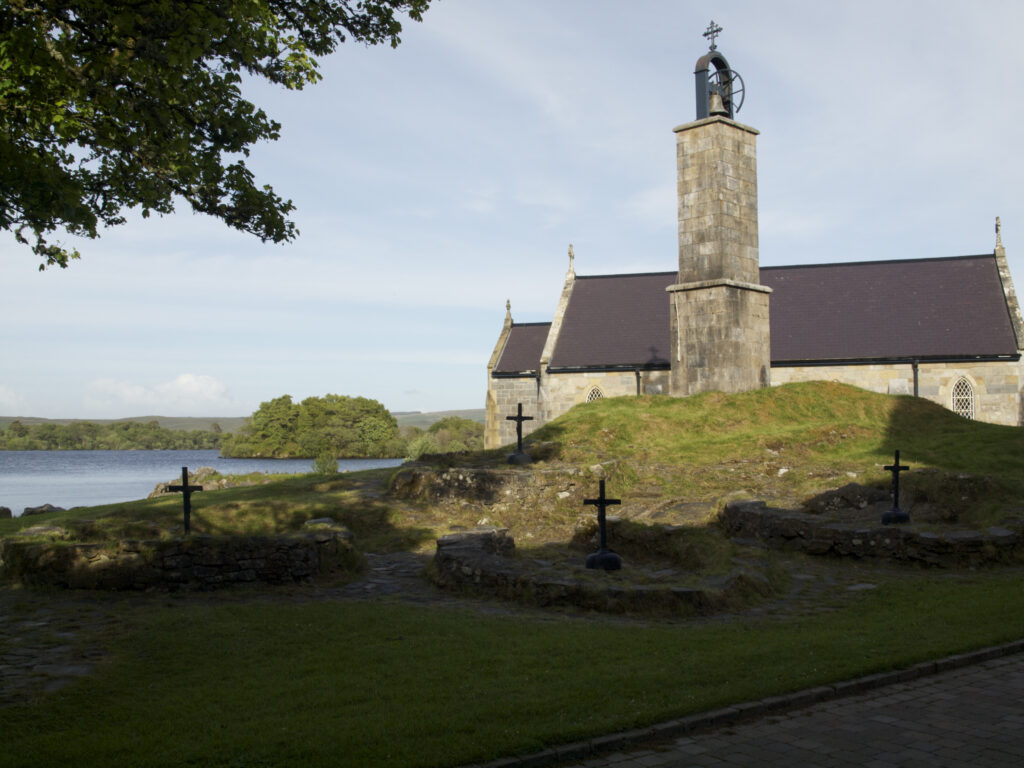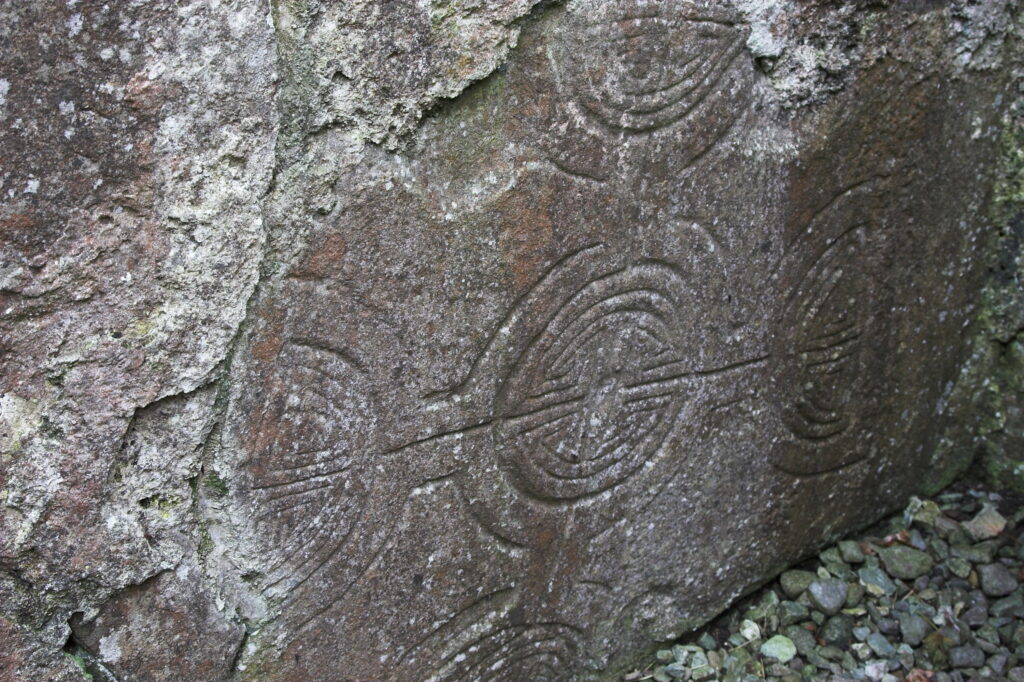Happy St. Patrick’s Day to everyone! Today, March 17th, we celebrate the patron saint of Ireland, famous among other things for the renowned well, whose story we briefly summarize and propose a symbolization (in psychoanalytic terms) with Feng Shui.

Origins and Legend
- St. Patrick’s Purgatory is a medieval Irish legend that tells of a place of otherworldly penance, where the souls of sinners could atone for their sins before entering Heaven.
- The legend is linked to St. Patrick, the patron saint of Ireland, who is said to have received the revelation of this place from God.
- According to the legend, St. Patrick, feeling disbelief in the face of the faith of his followers, asked God for a tangible sign. God then showed him a cave on the island of Lough Derg, which served as an entrance to Purgatory.
The Journey to the Afterlife
- Pilgrims undertaking the journey to St. Patrick’s Purgatory subjected themselves to strict penances, including fasting and vigils.
- Once inside the cave, pilgrims faced terrifying visions of demons and tortures, representing the torments of the afterlife.
- Having overcome these trials, pilgrims could experience celestial visions, symbolizing purification and redemption.
Significance and Influence
- St. Patrick’s Purgatory became an important pilgrimage site in the Middle Ages, attracting visitors from all over Europe.
- The legend had a profound influence on literature and art, inspiring works such as the “Tractatus de Purgatorio Sancti Patricii” by H. Saltrey.
- St. Patrick’s Purgatory helped shape the medieval conception of Purgatory, an intermediate place between Hell and Paradise.
The Real Place
- The real place is a small island in Lough Derg lake, in County Donegal, Ireland.
- Even today, the island is a place of pilgrimage, where visitors can reflect on their faith and embark on a spiritual journey.

Entrances to the Otherworld
It is very likely that there is a connection/imitation between this Christian spiritual “gateway” and other pagan sites traditionally considered entrances to the afterlife. Many examples could be cited; here, we mention those described in two other articles on our site: Mont Saint Michel and Glastonbury Tor.
Astrology and Feng Shui
- For those who wish to create a connection between their home and St. Patrick’s Well, one method could be to orient the Chinese Compass to the north of their home and see which sector is in the direction of Lough Derg.
- It is therefore a matter of creating a symbolic link between the meanings of the legend of St. Patrick’s Well and those of the 8 sectors of the Ba Gua, in particular the northwest, Metal 6, which is the geographical direction that connects Italy with Ireland.
- The northwest sector represents Father Heaven and is therefore easily recognizable as a spiritual dimension that balances the earthly one, in parallel with the Christian ascent towards Paradise, the kingdom of God the Father, through the path of expiation symbolized by Purgatory.
- A concrete example of a symbol to place in the northwest corner of our home to celebrate St. Patrick could be the Celtic cross, which clearly encompasses the meanings of the spiritual dimension of Ireland, including both the pagan and Christian parts, but also represents the Taoist union between the celestial circle and the earthly square, in this case depicted by the Latin cross.
